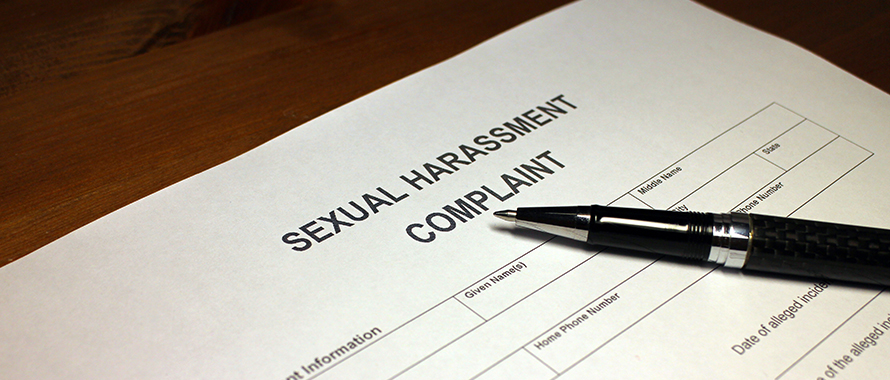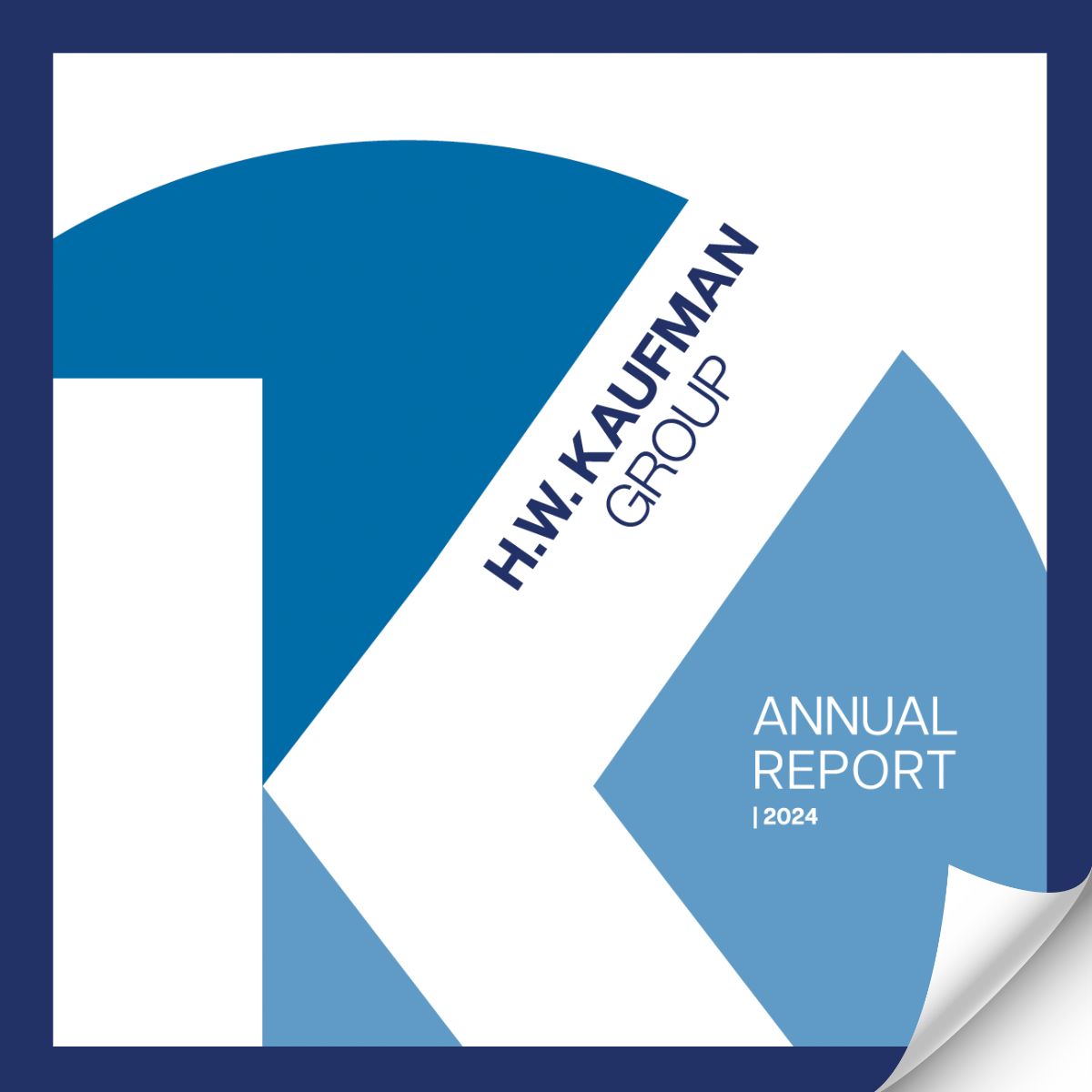As society’s focus on sexual harassment grows, so too does the number of people filing claims against employers. According to a report released last week by the Equal Employment Opportunity Commission (EEOC), harassment claims rose 13.6 percent from 2017 to 2018. A 2019 study by NAVEX Global found an 18 percent increase in employee-reported cases of sexual harassment from 2017 to 2018.
While a lion’s share of the #MeToo-related headlines may go to accusations of misconduct involving entertainment figures, political figures, and other celebrities, the intense attention to the issue is redefining the way thousands of companies approach their own practices. It is also highlighting risks companies may face if they fail to acquire proper insurance coverage, uphold strong anti-harassment policies, or protect themselves in case of claims.
There is also a growing recognition of the challenges members of the LGBTQ community face with regard to sexual harassment and other forms of workplace discrimination, said Marica Petrovic, Broker, Burns & Wilcox, Chicago, Illinois. According to Out & Equal Workplace Advocates, more than half (52.8 percent) of LGBTQ employees say discrimination negatively affects their workplace.
“The number one thing to remember is that prevention starts with awareness,” Petrovic said. “Companies need to have ongoing training for employees,” she added. A regularly updated handbook on harassment and discrimination is crucial. “Make sure each employee has the handbook,” she said.
Harassment claims seriously damage a company’s reputation and employee morale, and can be a huge hit to its bottom line. The EEOC reported it recovered some $70 million for victims of workplace sexual harassment in 2018, compared with $47.5 million the year before.
That does not include awards that go to claimants through other lawsuits. In one of the largest cases to date, a California jury awarded $168 million to a woman harassed at the hospital where she worked. While awards that large are rare, the cost to defend and settle a single sexual harassment or other discrimination claim is considerable, ranging from several thousand to several million dollars.
Creating an inclusive workplace
To prevent such issues from arising, the EEOC recommends company leaders commit themselves “to create and maintain a culture in which harassment is not tolerated.” Among the recommendations are having strong, clear harassment policies, demonstrated accountability, reliable complaint procedures, and regular training.
Companies may increasingly be defending claims that happened further and further in the past. “The statutes of limitation for sexual harassment are changing,” said Taylor M. Elrod, Broker, Burns & Wilcox, Chicago, Illinois. “We are seeing states lengthening the statutes of limitation for these claims.” For example, while the statute for filing a claim with the EEOC is 180 days from the date of the alleged violation, the statute for filing a claim with the California Department of Fair Employment and Housing is 365 days.
State lawmakers are also taking an ever more active role in creating and strengthening rules around harassment in legislative workplaces. In 2018, 32 individual states passed a combined 125 pieces of legislation related to sexual harassment, according to the National Conference of State Legislatures. In the wake of a March 15 Inspector General’s report that includes allegations that members of Congress sexually harassed night shift custodial staff at the U.S. Capitol, similar legislation changes at the Federal level may be on the horizon.
According to the General Social Survey on Canadians at Work and Home, 4 percent of Canadian women surveyed in 2016 said they had been sexually harassed in the workplace within the past year—four times the rate of men.
Finding the right coverage
Regardless of practice, rule or law, workplace harassment and discrimination still occur, often prompting legal action. In general, companies can help manage associated financial costs through two primary types of policies: Employment Practices Liability Insurance (EPLI) and Directors & Officers Liability Insurance (D&O).
EPLI coverage assists companies defending and settling cases involving many forms of workplace discrimination, including sexual harassment, other forms of harassment, failure to promote, defamation, invasion of privacy, wrongful termination and more.
A comprehensive EPLI policy includes full-time employees as well as temporary workers, part-time or seasonal workers and independent contractors, Elrod said. There are no pre-set limits for policies, she explained, and an experienced broker can help you find the right level for your company. “They can look at other companies of the same size, with the same revenue structure, and compare what limits they have, and what kinds of claims they have had,” Elrod said
An EPLI policy can help take sting out of the process of mounting a legal defense, which can be trying for any employer, but perhaps more so in cases involving unintentional offenses, said Nathan Rose, Senior Underwriter and Business Development Specialist, Burns & Wilcox Canada, Vancouver, British Columbia. “Most EPLI coverage is built around the fact that the (harassment or discrimination) is intentional, but sometimes (the offending actions) can be innocent mistakes,” Rose said. Most employers are vigilant in their efforts to prevent discrimination, he added.
When an issue of sexual harassment arises and there is evidence that company leadership has avoided the issue or failed to take preventative steps, “your board of directors can get pulled into a claim, and quickly,” Elrod said. D&O Insurance provides vital protection for defending claims involving these individuals.
Without D&O Insurance, officers’ personal assets could be at stake, said Petrovic, adding that smaller companies are sometimes caught unaware by the risk that leaders face. “If you do not have D&O coverage, your personal assets, your house, your cars, your money in the bank, could all be (put at risk in a lawsuit),” Petrovic said. As a result, many prospective board members demand companies invest in D&O Insurance coverage as a precondition of service.
As comprehensive as EPLI and D&O coverage can be, it is important to note that “many of these policies have bodily injury exclusions,” Elrod said. In other words, when harassment crosses over into physical assault, the company may be exposed. A bodily injury would prompt a review of a company’s General Liability (GL) Insurance policy, Elrod said. However, she noted, an injury caused by an assault may not be covered under that policy, based on how it is written with respect to “expected or intended” injuries.
Given that nearly 17,000 employees of private businesses suffered trauma due to workplace violence in 2016, according to the Bureau of Labor Statistics, a separate policy specifically covering sexual abuse and molestation could offer vital support for companies and employees alike, Elrod added. A conversation with an experienced broker can help companies determine their risks and weigh the merits of various levels and forms of coverage.
Expert advice helps guide training and coverage decisions
Sorting through the complexities while the landscape is rapidly evolving can be a challenge, particularly for smaller companies without formal human resources staff.
Fortunately, there are resources to help, such as the EEOC Training Institute, which offers conferences, seminars, and on-site training programs to help executives, non-managerial workers and others stay current on best practices. “The EEOC is really trying to prevent sexual harassment,” Elrod said. “They are fighting for the cause in a positive way.”
Additionally, many EPLI and D&O Insurance policies come with access to educational tools and resources. “Proactivity is really important,” Elrod said. “A lot of EPLI policies now include resources like HR hotlines, employee handbooks and free consultations with EPL law firms. These are becoming (increasingly common add-ons to EPLI and D&O Insurance policies).”




